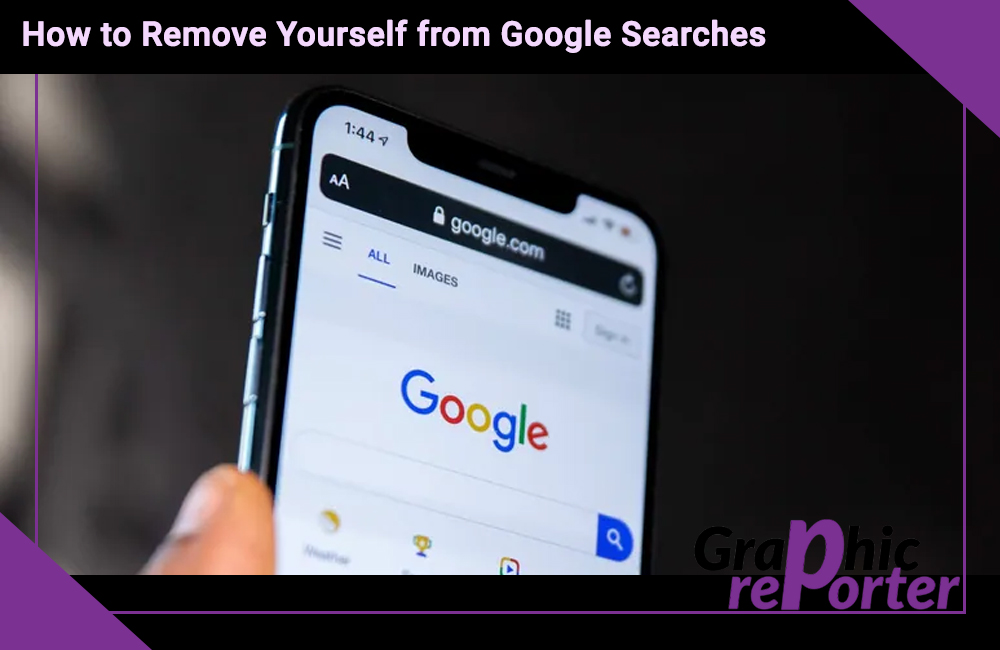How to Remove Yourself from Google Searches

The personal information you share on the internet can turn up in the results pages of Google’s search engine. This brings the risk that the information will be used to compromise your privacy or even leave you exposed to identity fraud. To help limit these risks, here is a look at how you can remove your personal information from Google Search results.
Why should you remove personal information from Google Search?
Personally identifiable information (PII) can compromise your privacy by revealing things about you that you might prefer to remain out of the public domain. Beyond this, there is a risk of identity fraud, impersonation, and other illicit uses of the information, if it falls into the wrong hands. In addition, if your PII is publicly available, it might lead to harassment or other unwanted contact.
Removing your details from Google Search
In April 2022, Google extended its existing policy relating to the removal of PII from its search results pages. It also introduced a “Results about you” tool, which is designed to streamline the process of requesting the removal of PII. Users can fill in an online form, which asks for certain details about the PII they want removed. It also requests details of any URLs and screenshots of websites on which the information appears. Examples of the type of data users can request is removed include email addresses, log-in credentials, and physical addresses.
Once the form has been submitted, Google considers each removal request individually, weighing such factors as whether the PII appears in a news story. This is because Google aims to balance a user’s request for privacy with the desire to make information freely available to the public. There are several other reasons Google has set out for refusing to remove PII. These include if the data appears in public records or other official sources.
Go further than just Google Search
With around 84% of the search engine market, Google remains by far the most dominant player. So, it makes sense that this is your first port of call when limiting how much of your PII is publicly available. However, it is important to be aware that removing PII from Google’s search results pages does not mean it has been deleted from the internet. This includes rival search engines.
Consequently, aside from directly requesting information is removed from Google Search, it is advisable to request your personal data is removed from host sites, such as the many people search websites. These sites allow users to look up personal information, including an individual’s address and phone number. Get your PII taken off these people search sites, and you will prevent the information appearing in Google search results.
Locating and contacting these people search sites individually is time consuming, with no guarantee of success. By using a data removal tool, you can facilitate the process and ensure that any removed data does not then reappear at a later date. This way, you can limit the PII that appears on Google Search results pages, even if you cannot remove it – or yourself – completely from the internet.


![How To Get Water Out Of Charging Port? [Step-By-Step Guide]](https://graphicreporter.com/wp-content/uploads/2022/07/Water-On-Phone-768x433.jpg)



![5+ Best Way To Use Roku Web browser In 2023 [100% Working & Tested]](https://graphicreporter.com/wp-content/uploads/2022/11/Best-Way-To-Use-Roku-Web-browser-768x499.jpg)
